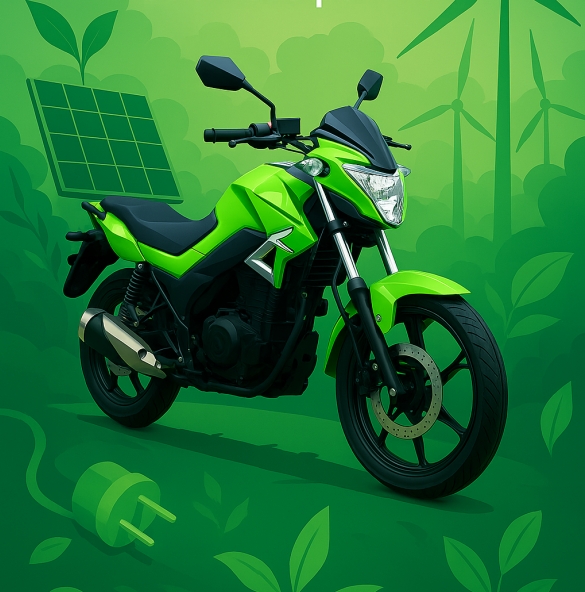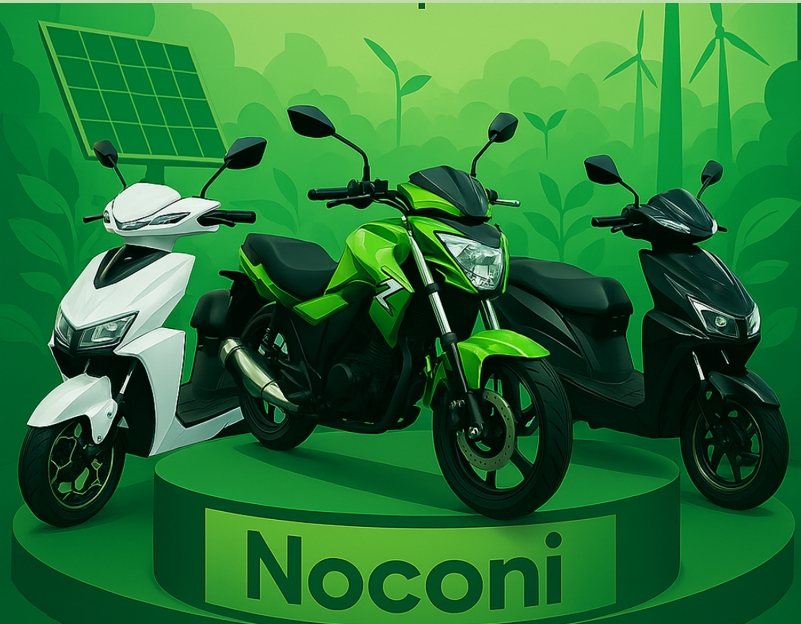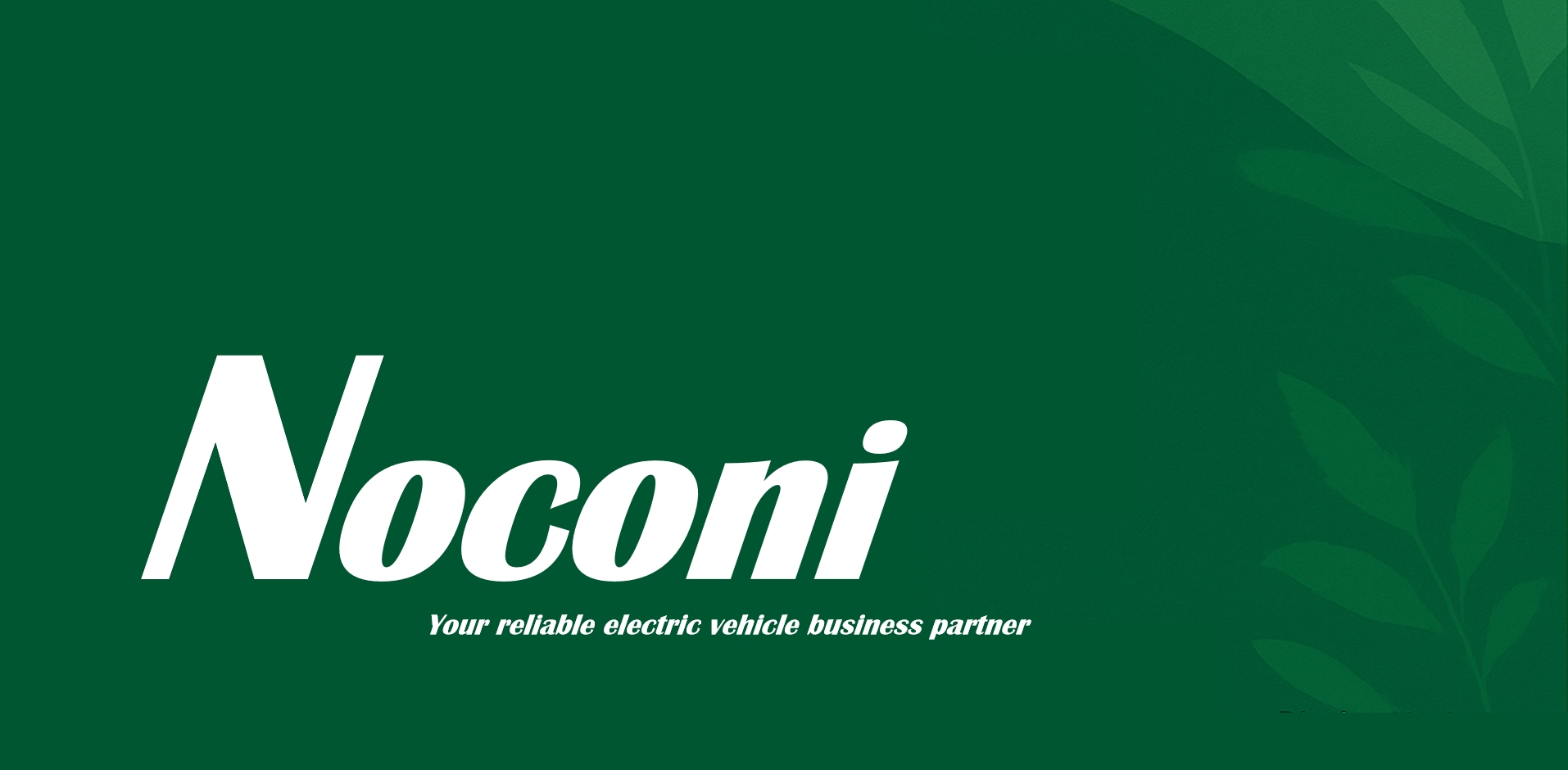
As the global energy transition accelerates, India is rapidly emerging as the epicenter of the electric two-wheeler market. With 250 million fuel-powered motorcycles on its roads, the country is witnessing a fierce clash between legacy automakers and disruptive startups, fueled by policy incentives, surging investments, and groundbreaking innovations in electric scooter manufacturing.
Market Landscape: The Rise of a Tripartite Power Structure
In 2023, India’s electric scooter sales surged to 850,000 units, a 135% year-on-year increase, with market penetration reaching 4.7%. Three key players dominate the India electric scooter arena:
- Ola Electric (35% market share): Leveraging internet-first strategies, its S1 series scooters, produced at its $2.3 billion “Future Factory,” dominate via direct-to-consumer sales.
- Ather Energy (22% share): Born in a Bangalore lab, this brand targets urban millennials with community-driven engagement and its premium commute electric scooter models.
- Legacy Automakers: TVS Motor (iQube) and Bajaj (Chetak) jointly hold 25%, capitalizing on their vast dealership networks inherited from the ICE era.
Emerging disruptors like River Indie (family-focused utility scooters) and Matter Aera (₹110,000 liquid-cooled models) are redefining affordability, challenging traditional electric scooter OEM norms.
Policy Crossroads: Subsidy-Driven Growth Meets Market Realities
India’s FAME-II subsidies (up to ₹40,000 per vehicle) and state-level tax waivers have narrowed the price gap between EVs and ICE vehicles to 1.2x. However, a 30% subsidy cut in 2024 triggered a 20% monthly sales drop in March, exposing the market’s price sensitivity.
Charging infrastructure remains a bottleneck: 70% of India’s 28,000 charging stations cluster in top-tier cities. Startups like Blive and Yulu are scaling battery-swapping networks, while partnerships like Hero MotoCorp-Gogoro aim to democratize energy access for commute electric scooter users.
Tech Innovation: Localizing the Supply Chain
Indian manufacturers are vertically integrating production to reduce reliance on imports:
- Ola’s Future Factory achieves 70% localization, producing 4680 cylindrical cells with 30% higher energy density.
- Ather’s ProPilot OS uses over-the-air updates to optimize range and performance.
- Log9 Materials slashes graphene battery costs by 40%, enabling 15-minute fast charging.
Global giants are circling: Yadea plans a $100M manufacturing hub, BMW tests premium imports (CE-04), and Tesla’s rumored India factory hints at intensified competition in electric scooter OEM ecosystems.
The Next Frontier: Winning Rural India
While 65% of current India electric scooter buyers are urban professionals, rural penetration languishes below 1%. Strategies to bridge this gap include:
- TVS Motor: Leveraging 30,000 rural service centers for battery rental programs.
- Ola Electric: Affordable EMI plans (₹1,999/month) for first-time buyers.
- Hero Electric: Farming-optimized cargo scooters for agrarian communities.
The Road to 2030: A $100B Mobility Transformation
Industry projections forecast annual electric scooter sales exceeding 22 million by 2030, creating a ₹10 trillion market. Yet, this transition transcends mere drivetrain swaps—it demands reimagined energy grids, charging ecosystems, and manufacturing paradigms.
For electric scooter manufacturers and OEMs, success hinges on balancing innovation with affordability, scalability with sustainability. As the roar of petrol engines fades, India is scripting a bold new chapter in electric mobility—one scooter at a time.




:)
:)